History of ISS
A space station is a laboratory launched into the Earth’s orbit for research purpose, and is inhabited by human beings. Salyut 1 was the first space station, launched by the Soviet Union on 19th April, 1971. However, the astronauts could not enter it due to some technical problems, causing its failure. Thereafter, Salyut 2 – Salyut 7 were space stations launched by the Soviet Union, and even these laboratories faced many technical problems. The Soviet Union was finally successful in launching and operating the Mir space station in February 1986. Cosmonauts on this lab were the first humans to spend more than a year in orbit. The United States launched its first space station Skylab, in May 1973. A reliable system was developed for transportation of equipment, food, and crew members at this station. Later, in 1991, when the Soviet Union was divided, Russia took the charge of the Mir station. By 2001, it started facing major problems, and Russia decided to de-orbit this laboratory. In March 2001, it was taken out of the orbit and it collapsed into the Pacific Ocean.
A Brief History of ISS
In 1984, President of United States, Ronald Reagan, put forward a project dealing with a permanent space station called ‘Freedom.’ At that time, the estimated cost of this project was 8 billion dollars. The countries who contributed to this plan were: Canada, Japan, Brazil, and the European Space Agency- United Kingdom, Germany, Belgium, France, Italy, Denmark, Spain, the Netherlands, Norway, Switzerland, and Sweden. In 1993, President Bill Clinton wanted to cancel the space program project, since it was facing a lot of delay and it had overshot the budget. At the same time, the Soviet Union was planning to build their next space station, Mir 2. After the division of Soviet Union, in 1993, Russia and United States came together and renamed the project as the International Space Station.
Launching of the Modules
With the help of Mir station, American and Russian astronauts conducted research in space for almost 6 months. The assembly of ISS had to face delays due to financial problems. The first module called ‘Zarya’ (meaning sunrise in Russian), was built by Russia and funded by the US. It was launched from Kazakhstan in November 1998, by the Proton rocket. US called this unit the Functional Cargo Block (FCB). The second module ‘Unity’ was built by US, and it was launched in December 1998. The space shuttle which carried this module was Endeavor, and it was attached to Zarya. The service module ‘Zvezda’ (meaning Star in Russian), was launched by the Proton rocket, in July 2000. It provides working and living quarters for astronauts and cosmonauts. It also has the mechanism that adjusts the altitude of the ISS. Further, in October 2000, Discovery launched more modules like PMA (Pressurized Mating Adapter) and associated solar panels. These panels generate photovoltaic electricity; while the PMAs are used as docking ports for the space shuttles. On October 31, 2000, the first crew called Expedition One, was sent to the ISS. The members were: astronaut William Shepherd (Commander of the crew) and two cosmonauts- Yuri Gidzenko and Sergei Krikalev. They conducted experiments and activated systems on the ISS, and returned in March 2001. In February 2001, Destiny Laboratory Module built by the US was carried to the ISS, by the space shuttle Atlantis. Actual scientific research started when it was activated. NASA (National Aeronautics and Space Administration) played a major role in building the International Space Station. Its assembly was carried out in the lower part of the Earth’s orbit.


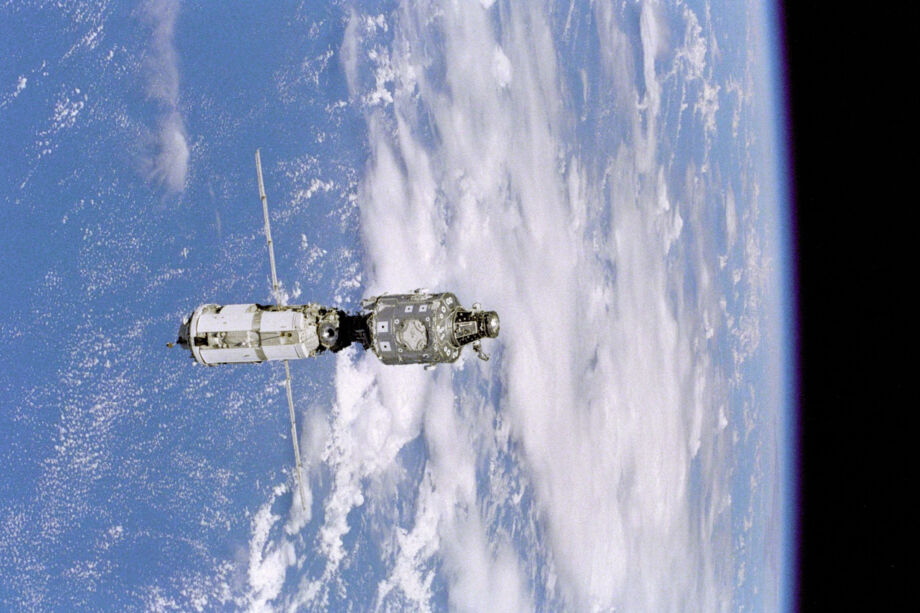
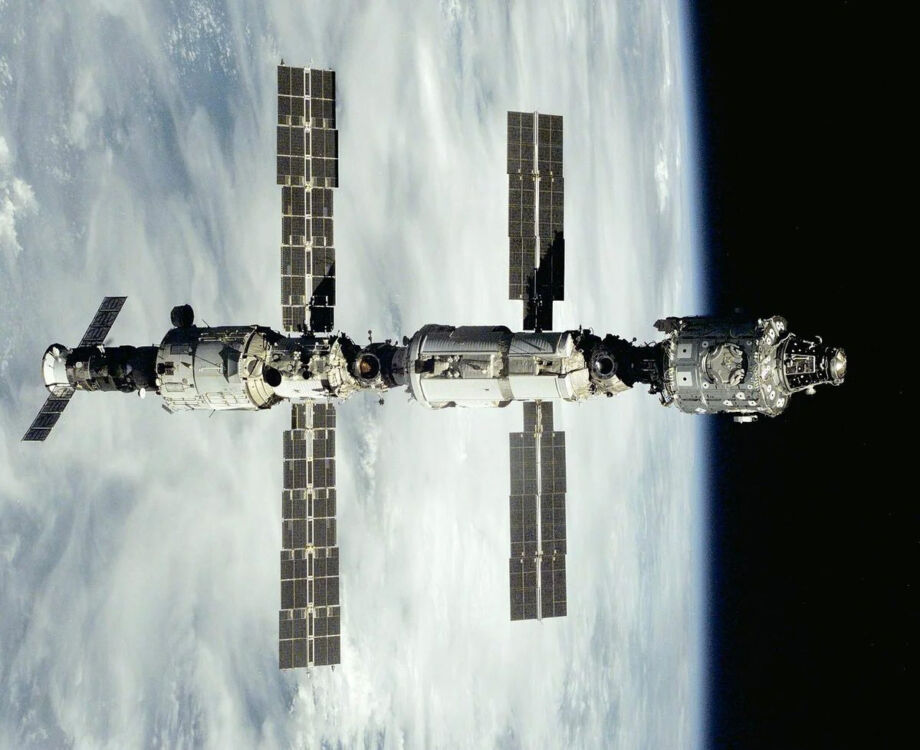
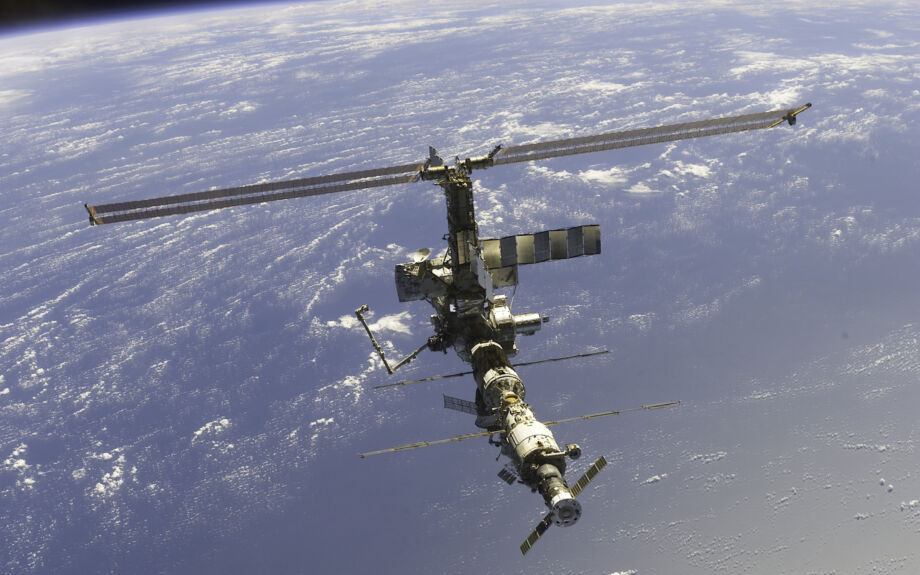
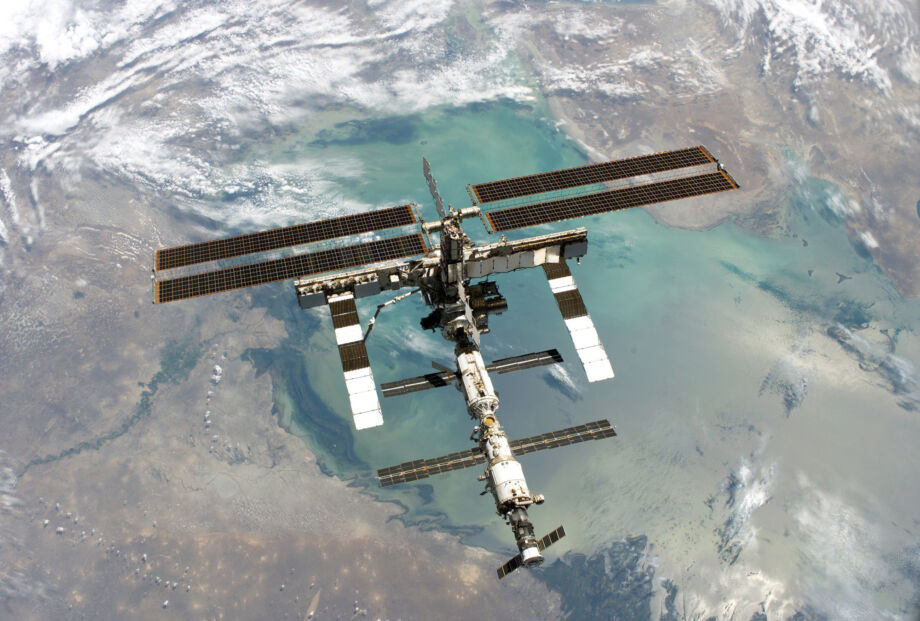
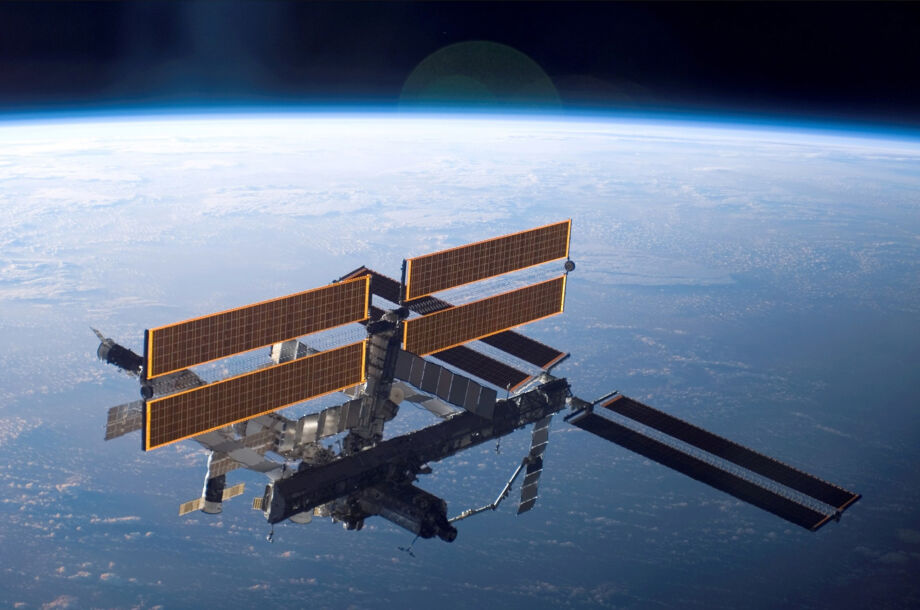
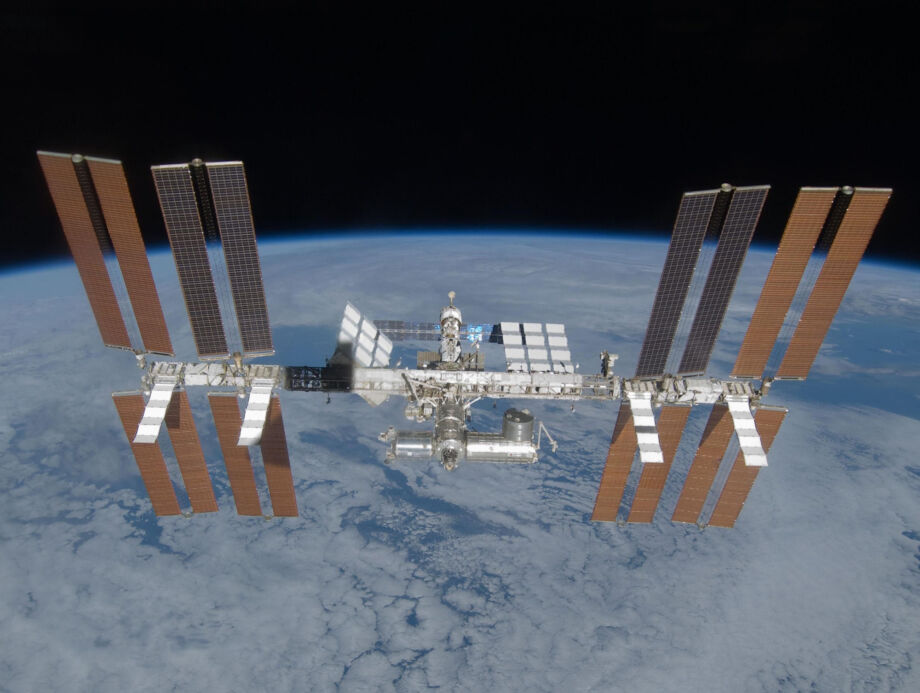
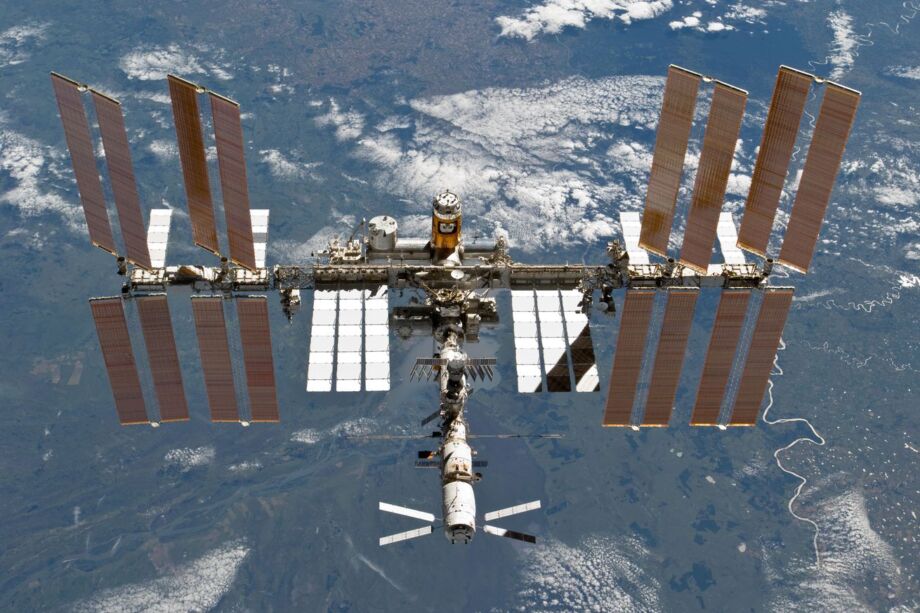
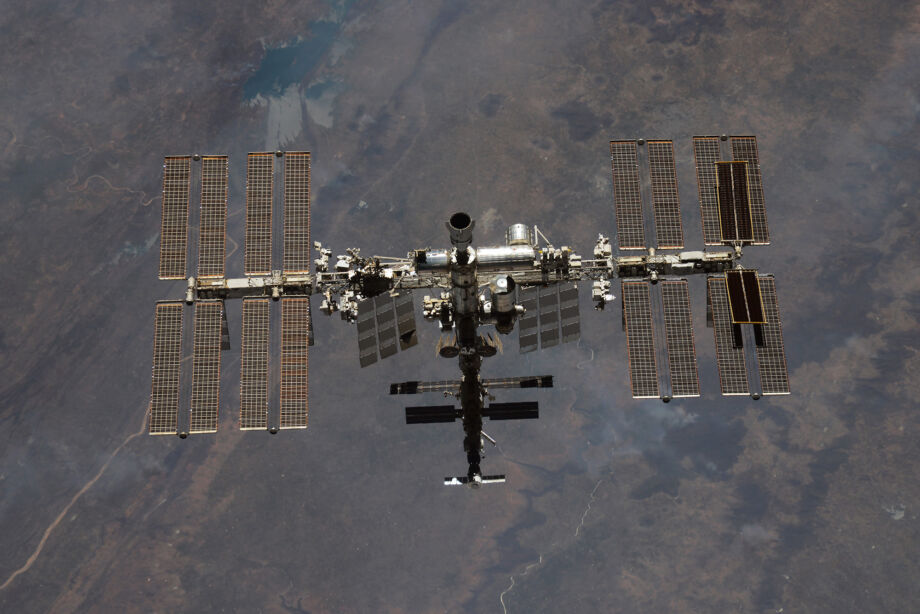
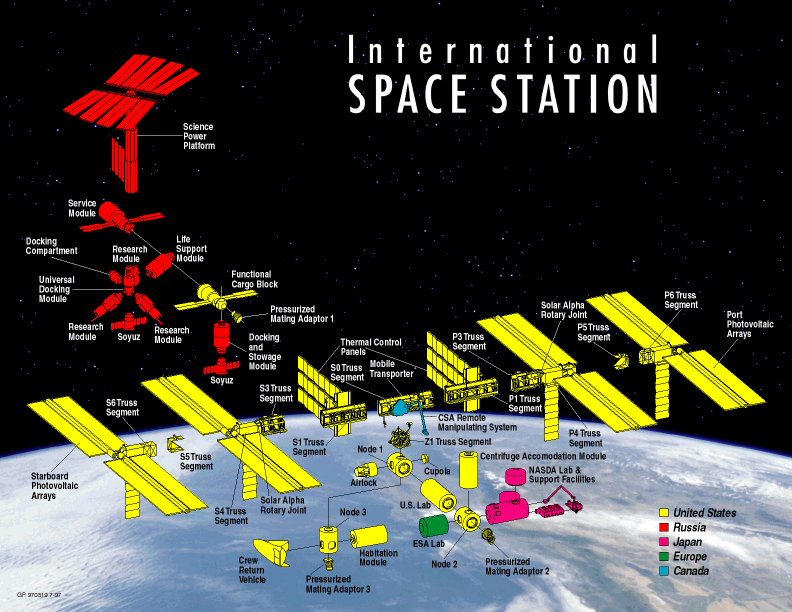








TikTok: tiktok.com/@olegmks
ВКонтакте: vk.com/olegmks
YouTube: youtube.com/c/OlegMKS
Яндекс.Дзен: zen.yandex.ru/olegmks
RuTube: rutube.ru/channel/23320330/